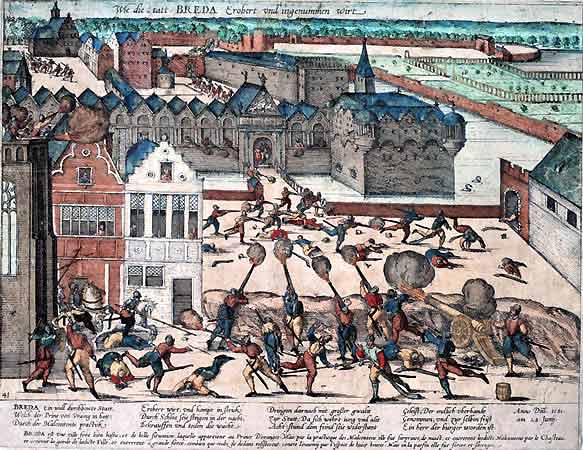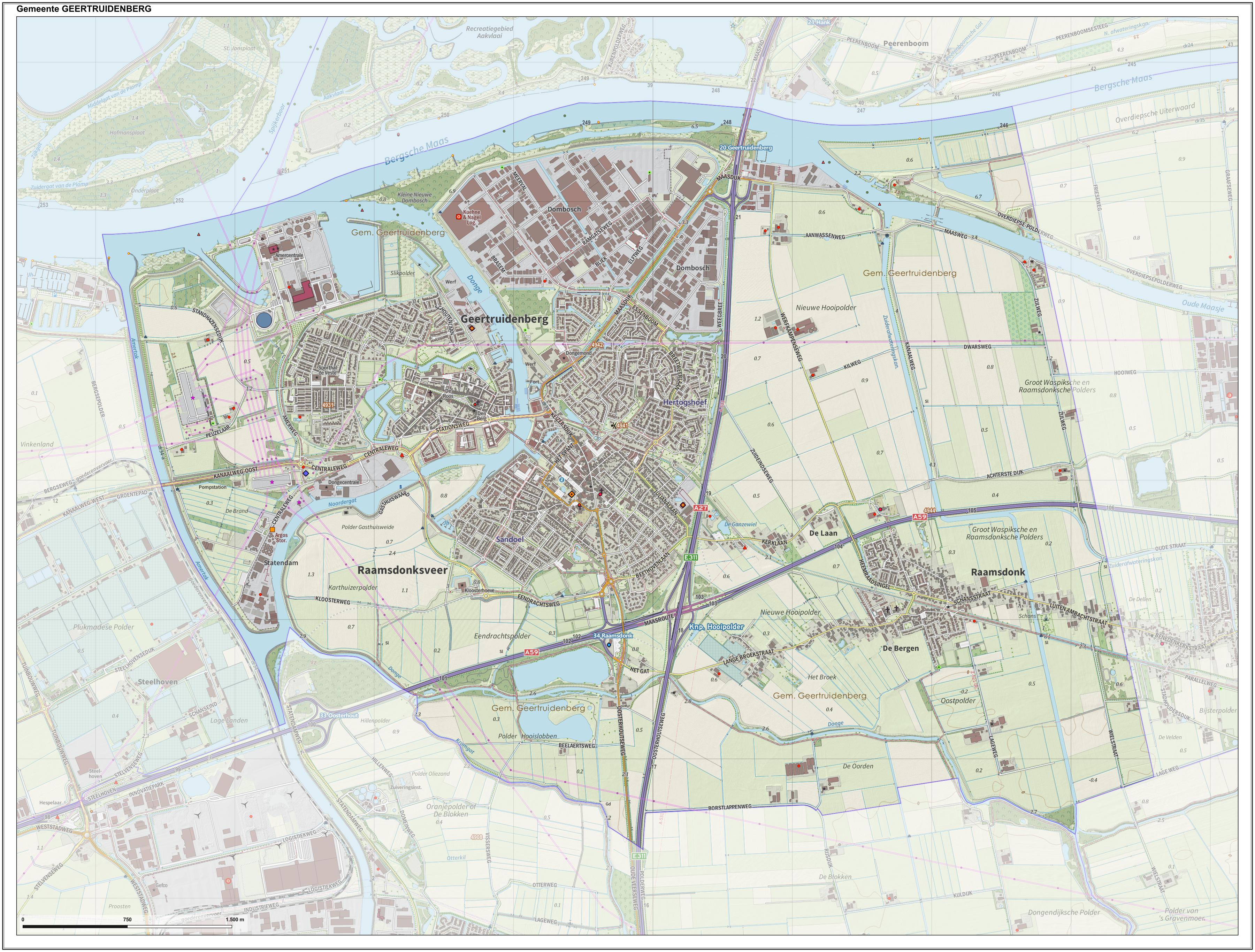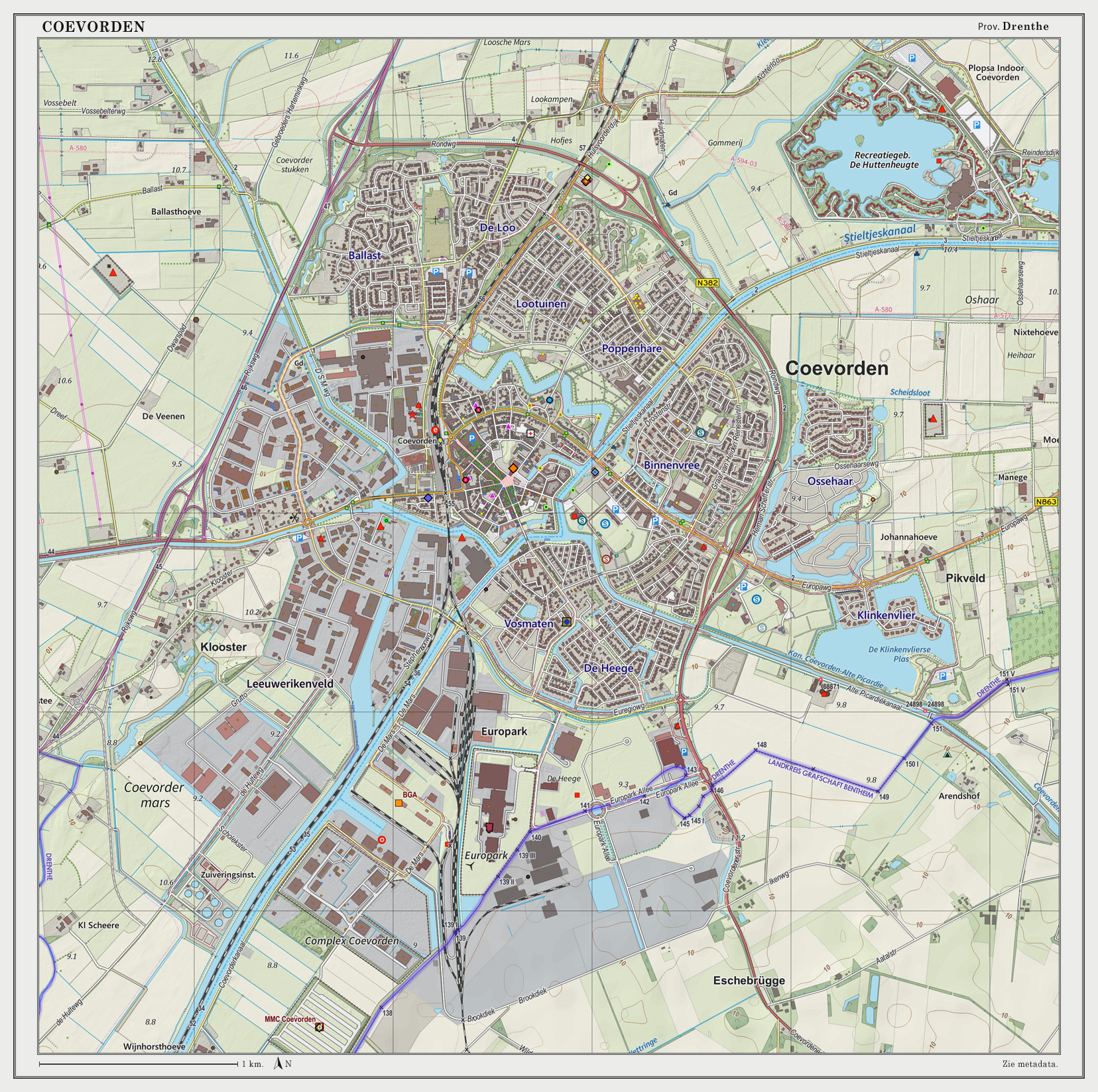|
Ten Years (Eighty Years' War)
The Ten Years () were a period in the Eighty Years' War spanning the years 1588 to 1598. In this period of ten years, ''stadtholder'' Maurice of Nassau, the future prince of Orange and son of William "the Silent" of Orange, and his cousin William Louis, Count of Nassau-Dillenburg and ''stadtholder'' of Friesland as well as the English general Francis Vere, were able to turn the tide of the war against the Spanish Empire in favour of the Dutch Republic. They achieved many victories over the Spanish Army of Flanders, conquering large swathes of land in the north and east of the Habsburg Netherlands that were incorporated into the Republic and remained part of the Netherlands into the present. Starting with the important fortification of Bergen op Zoom (1588), Maurice and William Louis subsequently took Breda (1590), Zutphen, Deventer, Delfzijl, and Nijmegen (1591), Steenwijk, Coevorden (1592) Geertruidenberg (1593), Groningen (1594), Grol, Enschede, Ootmarsum, and Oldenzaal ( ... [...More Info...] [...Related Items...] OR: [Wikipedia] [Google] [Baidu] |
Nederlanden 1597
The Low Countries (; ), historically also known as the Netherlands (), is a coastal lowland region in Northwestern Europe forming the lower Drainage basin, basin of the Rhine–Meuse–Scheldt delta and consisting today of the three modern "Benelux" countries: Belgium, Luxembourg, and the Netherlands (, which is singular). Geographically and historically, the area can also include parts of France (such as Nord (French department), Nord and Pas-de-Calais) and the Germany, German regions of East Frisia, Geldern, Guelders and Cleves. During the Middle Ages, the Low Countries were divided into numerous semi-independent principalities. Historically, the regions without access to the sea linked themselves politically and economically to those with access to form various unions of ports and hinterland, stretching inland as far as parts of the German Rhineland. Because of this, nowadays not only physically low-altitude areas, but also some hilly or elevated regions are considered part of ... [...More Info...] [...Related Items...] OR: [Wikipedia] [Google] [Baidu] |
Breda
Breda ( , , , ) is a List of cities in the Netherlands by province, city and List of municipalities of the Netherlands, municipality in the southern part of the Netherlands, located in the Provinces of the Netherlands, province of North Brabant. The name derived from ''brede Aa'' ('wide Aa' or 'broad Aa') and refers to the confluence of the rivers Mark (Dintel), Mark and Aa of Weerijs, Aa. Breda has 185,072 inhabitants on 13 September 2022 and is part of the Brabantse Stedenrij; it is the tenth largest city/municipality in the country, and the third largest in North Brabant after Eindhoven and Tilburg. It is equidistant from Rotterdam and Antwerp. As a Defensive wall, fortified city, it was of strategic military and political significance. Although a direct fiefdom of the Holy Roman Emperor, the city obtained a City rights in the Low Countries, municipal charter; the acquisition of Breda, through marriage, by the House of Orange-Nassau, House of Nassau ensured that Breda would be ... [...More Info...] [...Related Items...] OR: [Wikipedia] [Google] [Baidu] |
George De Lalaing, Count Of Rennenberg
George de Lalaing count Rennenberg (c. 1550 – 23 July 1581), was stadtholder of Friesland, Groningen, Drenthe and Overijssel in the service of Philip II of Spain from 1577 to 1581. The Lalaing family came from Hainaut and had a tradition of governing. His father was Philip de Lalaing, count of Hoogstraten; his mother, Anna of Rennenberg. Life He was born around 1550, probably in Hoogstraten Castle (Gelmelslot) in the Campine. Rennenberg (as he was known in the Netherlands) was appointed stadtholder of the Northern provinces by the States General of the Netherlands after the Pacification of Ghent in 1577, on a proposal from William of Orange. He allowed a number of important reforms in Friesland, such as the introduction of the ''Gedeputeerde Staten'' (Delegated States), and the forming of a fourth quarter in the States of Friesland to represent the eleven Frisian cities. He was a firm believer in the Pacification of Ghent as a means to reconcile the rebellious Calvinists wi ... [...More Info...] [...Related Items...] OR: [Wikipedia] [Google] [Baidu] |
Oldenzaal
Oldenzaal (; Tweants: ''Oldnzel'') is a municipality and a city in the eastern province of Overijssel in the Netherlands. It is part of the region of Twente and is close to the German border. It received city rights in 1249. Historically, the city was part of the Hanseatic League as a subsidiary city of the fellow Hanseatic city of Deventer. Located on the A1 motorway from Amsterdam to Germany, Oldenzaal also has a rail connection to Hengelo and Bad Bentheim. As of December 2022 Oldenzaal has a population of 31,958 people. In the Netherlands, Oldenzaal is well known for its carnival festivities. During the carnival season Oldenzaal is known as "Boeskool-stad" which is a local dialect of the word Cabbage-town. During the main carnival weekend over 100,000 people come for the big parade showing high and mighty carnival trucks. Transportation The town is served by the Oldenzaal railway station. Notable residents * Balderic of Utrecht (897–975) Bishop of Utrecht, 918 to ... [...More Info...] [...Related Items...] OR: [Wikipedia] [Google] [Baidu] |
Ootmarsum
Ootmarsum () is a city in the Dutch province of Overijssel. It is a part of the municipality of Dinkelland, and lies about 10 km north of Oldenzaal. In 2001, the city of Ootmarsum had 4227 inhabitants. The built-up area of the city was 1.5 km², and contained 1620 residences.Statistics Netherlands (CBS)''Bevolkingskernen in Nederland 2001'' (Statistics are for the continuous built-up area). The statistical area "Ootmarsum", which also can include the peripheral parts of the town, as well as the surrounding countryside, has a population of around 3650.Statistics Netherlands (CBS)''Statline: Kerncijfers wijken en buurten 2003-2005'' As of 1 January 2005. History Around 770 one of the first churches of Twente was built in Ootmarsum. In November 917, Radboud, bishop of Utrecht, died in Ootmarsum. Around 1000, Ootmarsum was one of the largest parishes in Twente. Ootmarsum received city rights in 1325. The town was then converted into a fortress with ditches and earthwork ... [...More Info...] [...Related Items...] OR: [Wikipedia] [Google] [Baidu] |
Enschede
Enschede (; local ) is a list of cities in the Netherlands by province, city and municipalities of the Netherlands, municipality in the province of Overijssel and the Twente region of the eastern Netherlands. The east of the urban area reaches the border of the Germany, German city of Gronau, North Rhine-Westphalia, Gronau. The municipality of Enschede consisted only of the city of Enschede until 1935, when the rural municipality of Lonneker, which surrounded the city, was annexed after the rapid industrial expansion of Enschede that began in the 1860s and involved the building of railways and the digging of the Twentekanaal. Enschede is home to the association football, football club FC Twente, a one-time List of Dutch football champions, Dutch champion; the University of Twente; and the last Polaroid B.V., Polaroid film factory. Geography Enschede lies in the eastern part of Overijssel and is the easternmost city of more than 140,000 inhabitants in the Netherlands. The ... [...More Info...] [...Related Items...] OR: [Wikipedia] [Google] [Baidu] |
Groenlo
Groenlo () is a city in the municipality of Oost Gelre, situated in the eastern part of the Netherlands, on the German border, within a region in the province of Gelderland called the Achterhoek (literally: "back corner"). Groenlo was a municipality until 1 January 2005, when it merged with Lichtenvoorde. Until 19 May 2006 Groenlo was the official name of Oost Gelre. As of 1 January 2006 Groenlo, including its hamlet Zwolle, counted a population of 10,067. Groenlo is known locally and historically as Grolle, Groll or Grol. Today, Groenlo is known primarily for its beer brewery Grolsch (literal meaning: "from Grol"), which was in business since 1615, but has been closed in 2004 when it moved to Boekelo. Grolsch produces many specialty beers (including beers for each season) and its beer is exported all over the world. Groenlo's military history is less well known today. History Groenlo originates from the beginning of the 7th century. The name Groenlo refers to a green wood th ... [...More Info...] [...Related Items...] OR: [Wikipedia] [Google] [Baidu] |
Groningen (city)
Groningen ( , ; ; or ) is the capital city and main municipality of Groningen (province), Groningen province in the Netherlands. Dubbed the "capital of the north", Groningen is the largest place as well as the economic and cultural centre of the northern part of the country; as of January 2025, it had 244,807 inhabitants, making it the sixth largest city/municipality in the Netherlands and the second largest outside the Randstad. The Groningen metropolitan area has a population of over 360,000. Groningen was established more than 980 years ago but never gained City rights in the Low Countries, city rights. Due to its relatively isolated location from the then successive Dutch centres of power (Utrecht, The Hague, Brussels), Groningen was historically reliant on itself and nearby regions. As a Hanseatic League, Hanseatic city, it was part of the North German trade network, but later it mainly became a regional market centre. At the height of its power in the 15th century, Gron ... [...More Info...] [...Related Items...] OR: [Wikipedia] [Google] [Baidu] |
Geertruidenberg
Geertruidenberg () is a city and municipality in the province North Brabant in the south of the Netherlands. The city, named after Saint Gertrude of Nivelles, received city rights in 1213 from the count of Holland. The fortified city prospered until the 15th century. Today, the municipality of Geertruidenberg includes the population centres Raamsdonk and Raamsdonksveer. The municipality has a total area of and had a population of in . The city government consists of the mayor and three aldermen. History Geertruidenberg is named after Saint Gertrude of Nivelles. In 1213, Sint Geertruidenberg (English: "Saint Gertrude's Mountain") received city rights from Count William I of Holland. The fortified city became a trade center, where counts and other nobility gathered for negotiations. In 1323–1325, Geertruidenberg Castle was constructed very close to the city center. During the Hook and Cod wars, the city chose the Cod side in 1351, while the castle remained on the Hook ... [...More Info...] [...Related Items...] OR: [Wikipedia] [Google] [Baidu] |
Coevorden
Coevorden (; ; ) is a List of cities in the Netherlands by province, city and List of municipalities of the Netherlands, municipality in the Provinces of the Netherlands, province of Drenthe, in the east of Netherlands, the Netherlands. During the 1998 municipal reorganisation in the province, Coevorden merged with Dalen, Sleen, Oosterhesselen and Zweeloo, retaining its name. In August 2017, it had a population of 35,267. Etymology The name ''Coevorden'' means "cow Ford (crossing), ford(s)" or "cow crossing", similar to ''Bosporus'' or ''Oxford''. History Coevorden received City rights in the Low Countries, city rights in 1408. It is the oldest city in the province of Drenthe. The city Siege of Coevorden (1592), was captured from the Spanish in 1592 by a Dutch and English force under the command of Maurice, Prince of Orange. The following year it Siege of Coevorden (1593), was besieged by a Spanish force but the city held out until its relief in May 1594. Coevorden was t ... [...More Info...] [...Related Items...] OR: [Wikipedia] [Google] [Baidu] |
Steenwijk
Steenwijk (; or ), datedly known in English as Stenwick, is a city in the Dutch province of Overijssel. It is located in the municipality of Steenwijkerland. It is the largest town of the municipality. Steenwijk received city rights in 1327. In the Eighty Years' War (1568–1648) it was conquered by the Spaniards in 1581, but regained by the Dutch in 1592. Steenwijk was a separate municipality until 2001, when it merged with Brederwiede and IJsselham. The new municipality was first named "Steenwijk", but was renamed in 2003 to "Steenwijkerland". Transport Steenwijk railway station is located on the Arnhem–Leeuwarden railway, with train services operated by Nederlandse Spoorwegen. Gallery File:34576 Grote of Sint-Clemenskerk 3.jpg, City center and ''Grote of Sint-Clemenskerk'' File:Omwalling_Steenwijk.jpg, Fortifications with gate around the old city of Steenwijk. File:Toegang Rams Woerthe Steenwijk.jpg, Art Nouveau Art Nouveau ( ; ; ), Jugendstil and Sezessio ... [...More Info...] [...Related Items...] OR: [Wikipedia] [Google] [Baidu] |
Nijmegen
Nijmegen ( , ; Nijmeegs: ) is the largest city in the Dutch province of Gelderland and the ninth largest of the Netherlands as a whole. Located on the Waal River close to the German border, Nijmegen is one of the oldest cities in the Netherlands and the first to be recognized as such in Roman times. In 2005, it celebrated 2,000 years of existence. Nijmegen became a free imperial city in 1230 and in 1402 a Hanseatic city. Since 1923 it has been a university city with the opening of a Catholic institution now known as the Radboud University Nijmegen. The city is well known for the annual International Four Days Marches Nijmegen event. Its population as of 2024 was 187,011. Population centres The municipality is formed by the city of Nijmegen, incorporating the former villages of Hatert, Hees and Neerbosch, as well as the urban expansion projects in Veur-Lent, Nijmegen-Oosterhout and Nijmegen–Ressen, all situated north of the river Waal. Proximity of border ... [...More Info...] [...Related Items...] OR: [Wikipedia] [Google] [Baidu] |






